Into the Labyrinth: Comparing Three Vinyl Pressings
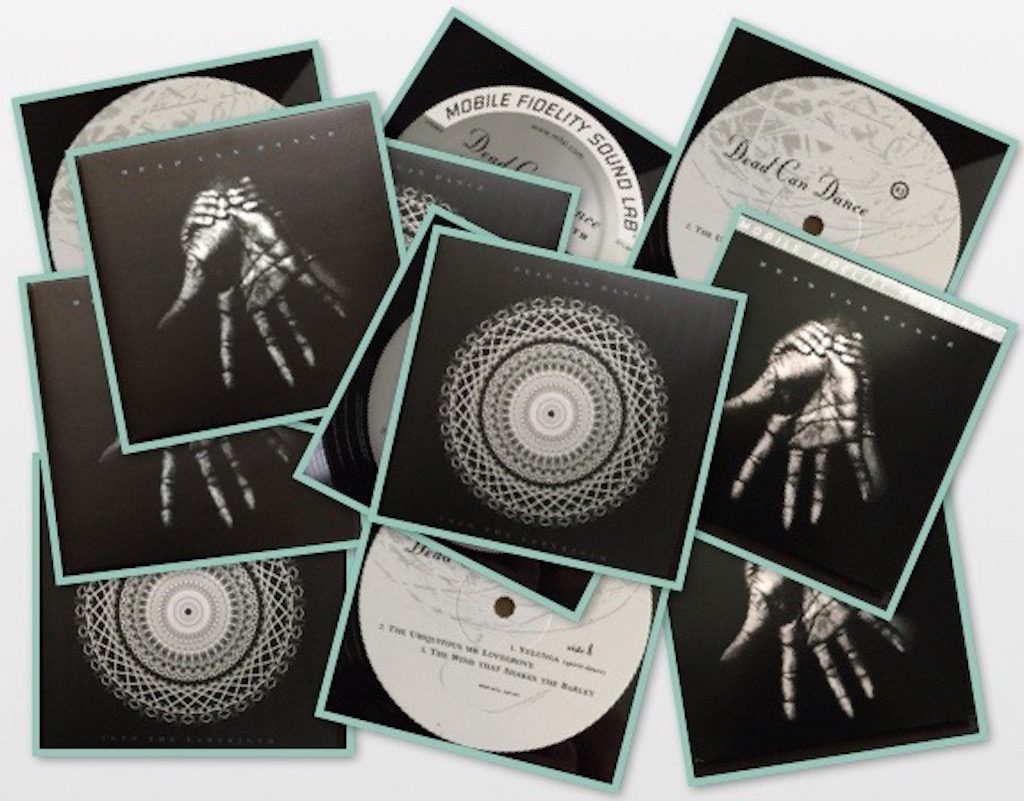
Dead Can Dance’s Into the Labyrinth is probably the most accessible and well-known album by the group/duo of Lisa Gerrard and Brendan Perry. For those familiar with the album, it is a striking blend of aboriginal polyrhythms, Celtic spiritualism, with mid-Eastern influences, medieval chants and powerful electronica/ rock, all pulled together and made coherent by the haunting sing song of Gerrard’s ethereal voice and the contrasts of Brendan Perry’s more conventional, but distinctive, vocal style.
For those unfamiliar with Dead Can Dance, or Lisa Gerrard, think of the soundtrack to the enormously successful film Gladiator: those moments when Russell Crowe’s embattled warrior dreams of his lost family, of Elysium, are accompanied by a eerie, almost heaven sent voice. That is Lisa Gerrard, who worked on the soundtrack with noted film composer, Hans Zimmer. (Their work on that soundtrack is itself a study in contrasts).
The magic of Dead Can Dance is not just the “demo record” quality of Into the Labyrinth (though it is surely that), or even the unusual combination of “world music” elements, which, in so many cases, can be a contrivance that limits musical possibility. This record is dense with possibilities that are fully realized in the themes, subthemes and interesting fragments that are more fully developed as the album (2 records consisting of 4 sides) unwinds.
Though the most successful of the Dead Can Dance records, it was not made available on vinyl in the States at the time of release. One had to purchase the UK pressing on the 4AD label, a record that, while not rare, has became more costly over time (and typically involves the additional cost of shipping from the UK).
Mobile Fidelity did a masterful job in its vinyl reissue several years ago and the record has become well known in the audiophile community as a benchmark “demo” record. Although it is not listed in the current catalog of MoFi releases, it is still generally available at around $40 US for a sealed copy in the States.
4AD also just reissued the Dead Can Dance catalog—on vinyl—and I grabbed a copy of the latest Into the Labyrinth on 4AD for less than $25 (including shipping) from Amoeba. The artwork has changed, as has the track sequence.
Since I have a pristine original 4AD pressing, had the MoFi to hand, and wasn’t forced to spend much for the new 4AD reissue, I thought it worth taking the time to compare what these records sound like.
The Original 4AD Pressing
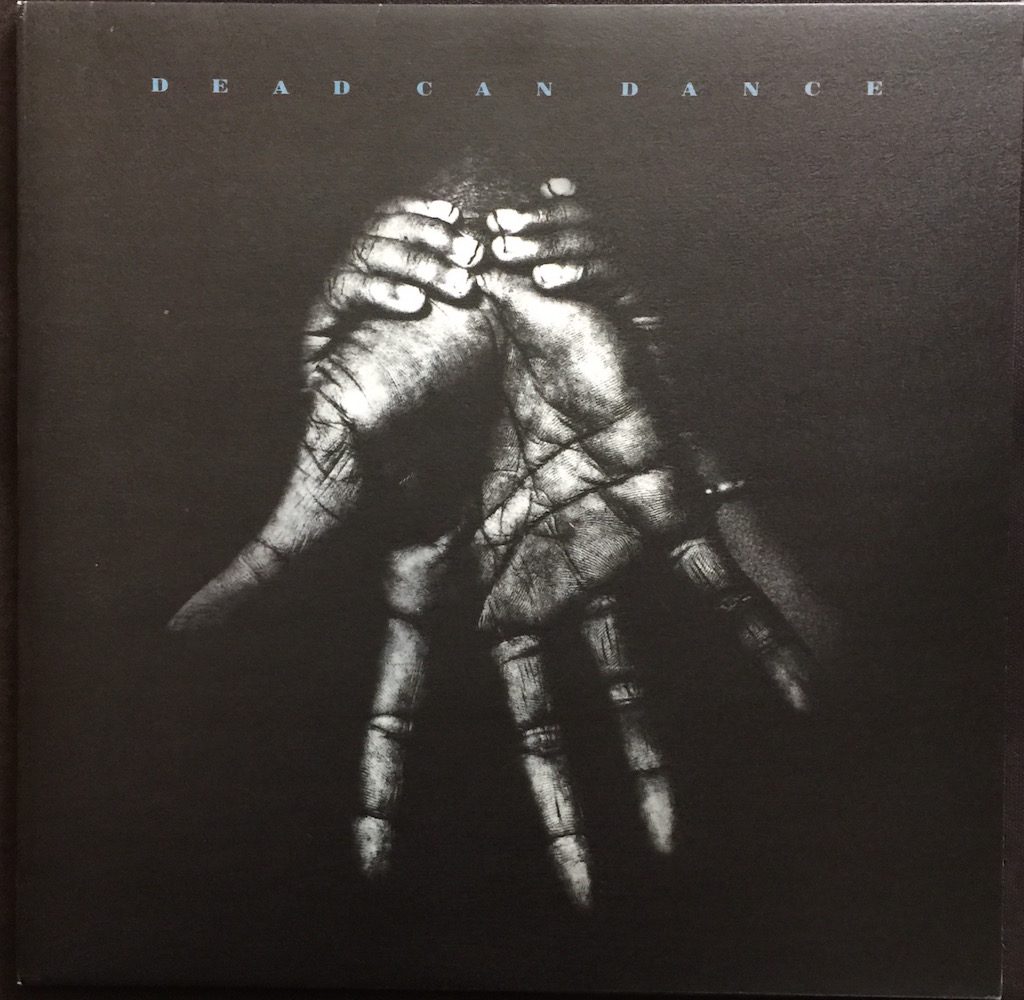
First, the original pressing: There is a natural ease to this record that makes listening more involving. It has a very “clear” quality, deep bass, the shimmer of the strings and slap of the percussion is distinct in the mix. The first track, “Yulunga (Spirit Dance),” is a show-stopper blending all of the various ethnic influences and signature voice of Ms. Gerrard into a dramatic display of what makes Dead Can Dance, and this album in particular, special. “The Ubiquitous Mr Lovegrove” has more of an ‘80s style dance beat (slower, though) with a male vocal part (Mr. Perry) and an eclectic mix of instruments along with patter of hand struck drums. The first side finishes with “The Wind That Shakes The Barley,” one of those beautiful, sad old Irish ballads that is given life by Ms. Gerrard. On the original pressing, her unaccompanied voice is stunning.
Side Two begins with “The Carnival Is Over,” and it’s Mr. Perry’s turn- with a voice like an old-style crooner, but backed by a kaleidoscope of string sounds, plucked, hammered and bowed. You could play this for your old mum, and she’d be happy- nothing too jarring or exotic. “Ariadne” and “Saldek” follow- both short tracks that shift the mood once again- the first, a lilting female voice against the rhythmic constant of a slow beat; the second takes us somewhere between Africa, the Mid-east and India, the female voice leading a ensemble of percussion and strings- nice decay at the end of the piece. The side concludes with a significant track, “Toward the Within.”[1] What sounds like a monastic chant morphs into something distinctly more eastern and Gerrard’s voice rides the crest of waves of sound, interspersed with sounds like a pungi (the instrument associated with snake charmers) and the thrum of percussion. There is a “call and response” aspect to this piece that, rather than making for repetition, reinforces the themes as the voices descend in a pattern that becomes familiar. What sounds like a tambourine with zils (or “jingles”) chimes in (with trills, squeals and what sounds like a baby’s cry) as the theme is repeated.
Side three begins with “Bird,” some deep thumping drums and chanting mixed with the sound of wood blocks and some spacey electronica; it then quickens pace, the drum thumps gain a more metallic quality; the cycle repeats, with more jungle ambience coming to the fore and that chant seems to become more melodic as the quirky background sounds increase in prominence.
“Tell Me About The Forest (You Once Called Home)” is almost a conventional song- it would be “prog rock” if it were harder driving instrumentation; instead, it carries the male vocal with string and unexpected horn parts. The third side concludes with “The Spider’s Stratagem”—and we are back into the more exotic mysticism of Ms. Gerrard, who carries a melody and echoes it in chorus. Her voice is very pure, and stands out against the complex patterns of music and percussion.
This record is far easier to listen to than to describe.
Side four is comprised of three tracks: the first, “Spirit” hooks you with bass tones that sound like a mix of pluck and synth- Perry singing here, another song that could be amped up to a level to make the hard rockers happy, but that is unnecessary. The song punches without ever sounding loud or nasty; I love the discordant guitar strums and the more “conventional” drum kit work. If these folks wanted to pretend to be a normal band they could pull it off with aplomb. Emmeleia puts us into monastic chant territory, but with a female voice- Gerrard’s- beautifully interwoven into a gorgeous tapestry. The longest track on this last side—“How Fortunate The Man With None” (adapted from a poem by Brecht)— brings the album to conclusion with Perry leading, horn parts and a roiling background with the occasional drum strike, xylophone and shimmering synth sounds.
This is a mesmerizing, varied album of complex sounds and rich melodies that are not lost in its exotic mix of eclectic elements. Perry’s voice is great, but Gerrard’s is like a voice from heaven – the intervals where she is absent make her return to the record all the more enjoyable. This is also an album that rewards repeated listening.
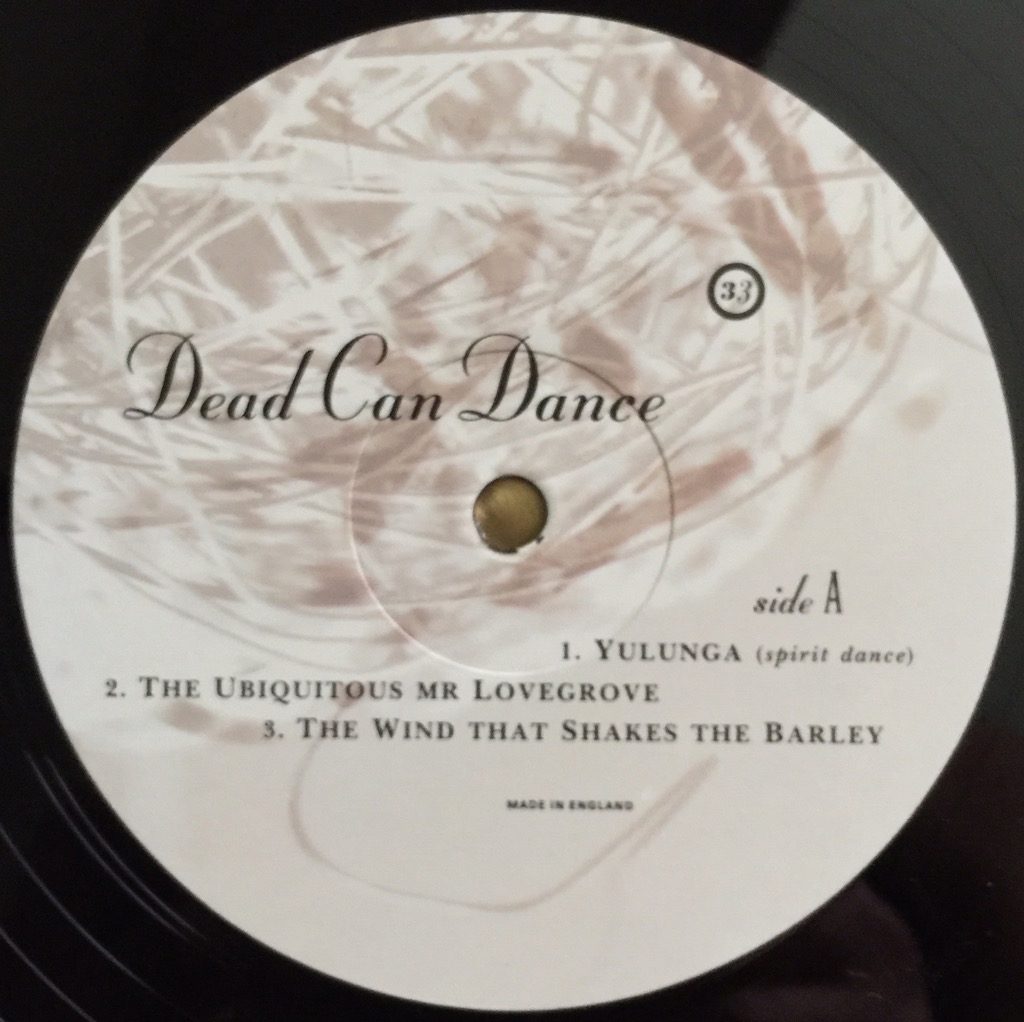
It’s hard to fit this music into one box or series of boxes, which is why it is fascinating. Sonically, the original 4AD pressing delivers- nice quiet surfaces, black backgrounds, everything distinct, in clear relief without sounding etched and a nice sense of timing and decay to the instruments. It was mastered by Miles Showell and pressed at MPO in France.
Compared to the MoFi Remaster
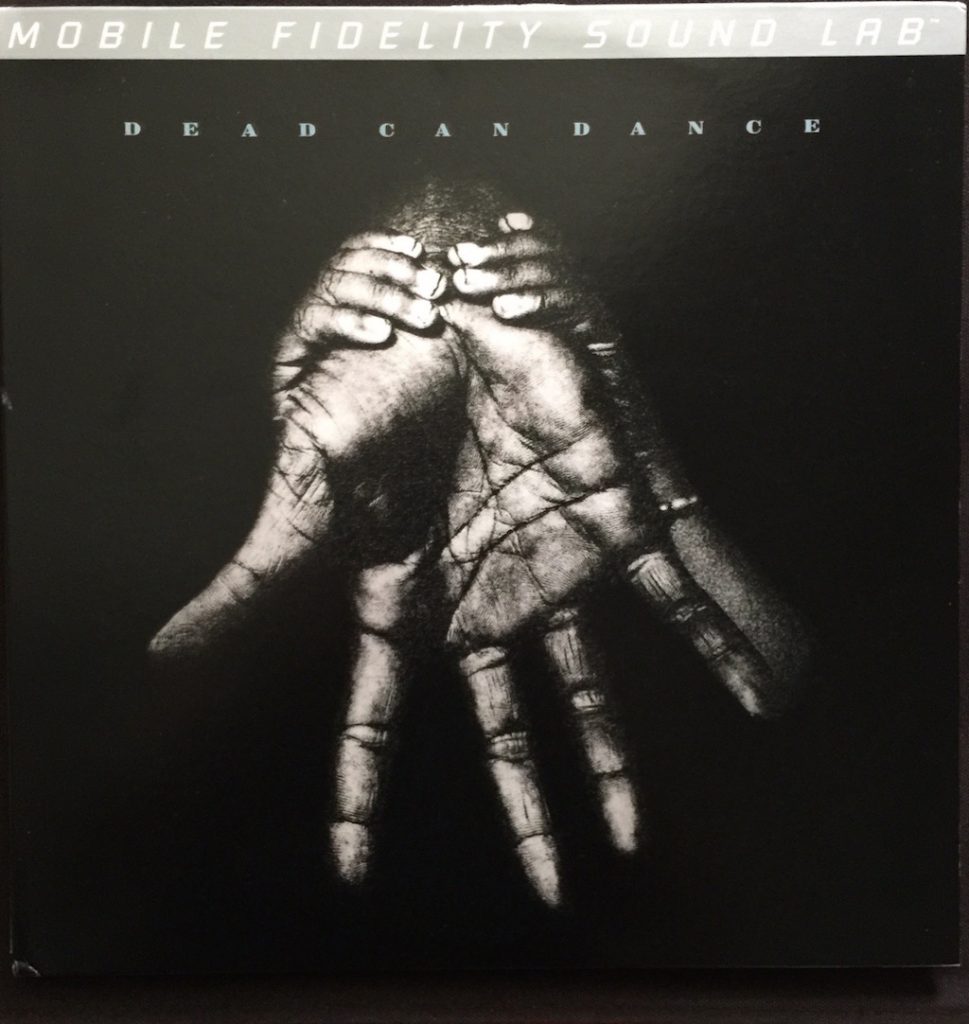
These records are closer than I would have thought. The most immediate difference is a channel reversal on the MoFi that starts with “Yulunga (Spirit Dance).” The rattles come in first on the left channel on the original 4AD but make their entry on the right channel on the MoFi. Apparently, some copies of the MoFi have the channel reversal and some don’t. I’m not the first to identify this, and from what I gather, the reversal occurred when the album was repressed (my copy is a high number- 5379). It doesn’t particularly bother me, and it doesn’t affect the center image. The MoFi, as usual, is pressed on quality plastic (though not “heavy” vinyl), presumably at RTI, and was mastered, according to the published credits, by Paul Stubblebine, who has been responsible for some of the “new” MoFi records. It is quiet and consistent with the best of the “new” MoFi records. [2] It seems, at times to pack a little more upper bass into Gerrard’s voice than the original 4AD—you can hear this most clearly on “The Wind That Shakes The Barley,” where she is singing without accompaniment. But overall, not as dramatic a difference as I expected. Perhaps the slightly greater “weight” of the MoFi sound (and it is slight) would complement some systems compared to the 4AD. Which is “right”? I have not a clue. I could easily live with either, and the MoFi has been in play here for a couple years. Finding a clean original 4AD is not going to be easy, let alone for the same price as the MoFi. Since I now own both, I’ll also admit that I personally prefer the original 4AD- despite what are admittedly are small differences in sonics. It just seems a little less emphatic in places, and for me, that gives it a more relaxed quality. But, that’s personal preference. Both albums can deliver bass, an “in the room” quality to the percussion, with snap and sparkle, and life-like vocals.
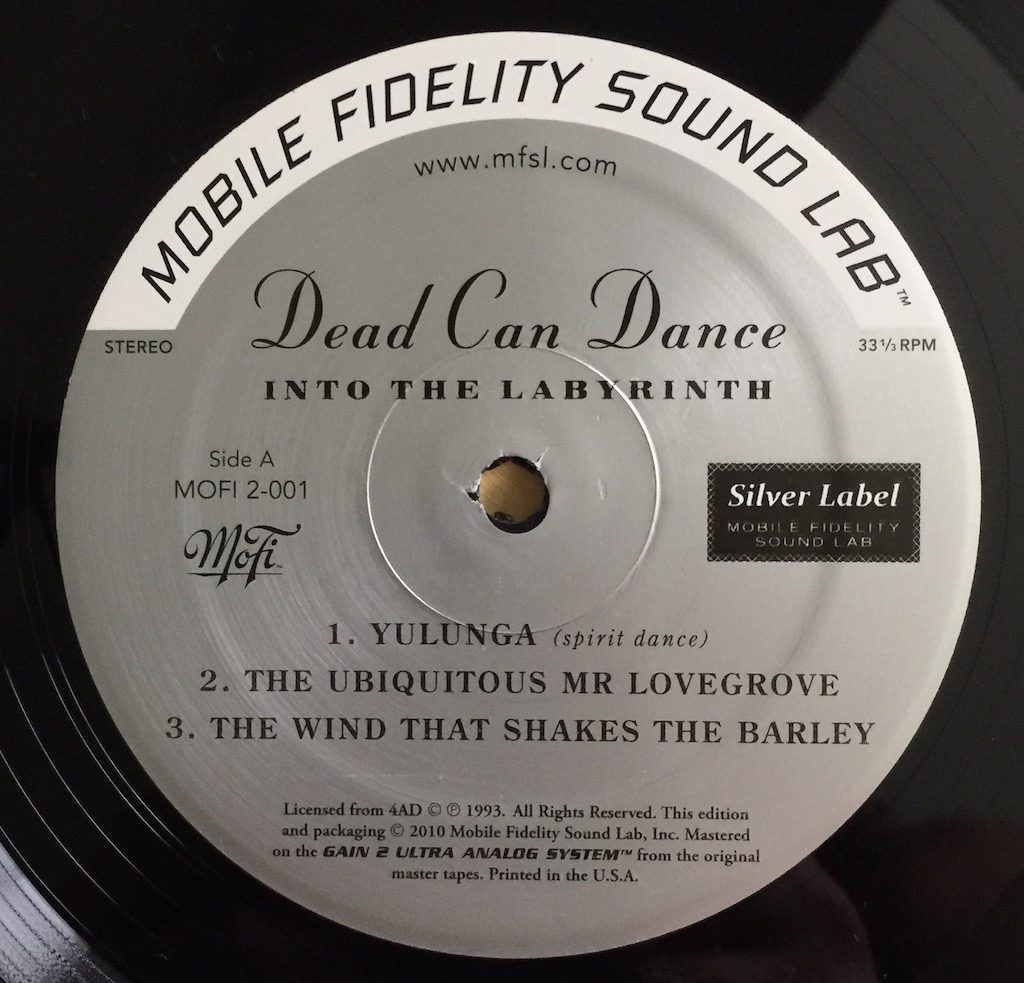
The “New” 4AD Reissue on Vinyl
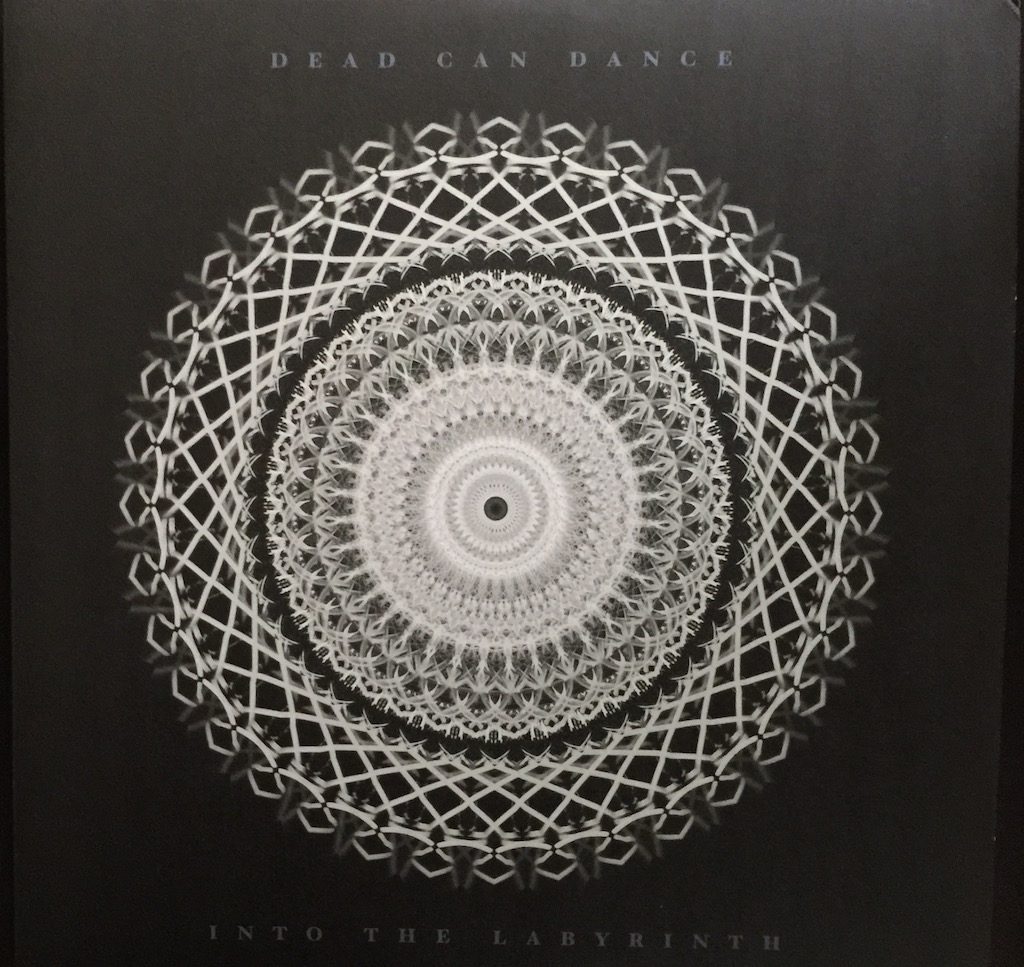
This record just arrived. Though I was informed by Beggar’s Group in London (the parent company of the 4AD label) that this new reissue was pressed, like the original, at MPO in France, the liner notes indicate that the remaster was done at Mobile Fidelity! (The credit on the jacket for the mastering states: “Neal Harris with supervision by Shawn R. Britton”).[3] The track reshuffling appears on the third and fourth sides, and I’m not sure without prolonged listening whether the change of sequence enhances the flow of the music, but assume the artists made that decision. (I’m speculating here, but the track lengths don’t necessarily suggest this was done for mastering reasons if you look at the timings of each track, though “Tell Me About the Forest” is now pushed to the first track of the third side).
The cover artwork is, as noted, different, but it is packaged in a fairly sturdy double sleeved gatefold.
Sonics: Since this record was remastered at MoFi, I compared it directly to the MoFi release. Here’s what I heard: first, I cued up “The Wind That Shakes The Barley,” so that I could listen to Ms. Gerrard’s voice, unadorned by other instruments. Stunning. Perhaps a little brighter than the MoFi but not sibilant. Then to “Yulunga (Spirit Dance).” The “rattles” start on the left channel, see above re channel reversal issue on the MoFi. Again, a little more top end than the MoFi, but this could be added extension- it doesn’t sound unnaturally bright. Nice propulsive force to the hand-smacked drums and when the sounds get more complex, nothing seems to be lost in the mix.
I then flipped to the newly reordered side three: “Tell Me About Forest”- the MoFi does sound a little thicker, both on the vocal part and the lower mids/upper bass region. The horn blares on the new 4AD have more bite (horns aren’t always polite). My take is that there’s more sonic information here, but without knowing more about the sources (I’ve made some queries), it’s hard to know.
“The Spider’s Stratagem”- The vibrato of Lisa Gerrard’s voice is more pronounced, the chimes now sound far more distinct in the mix; the album still has the bass and propulsive thrust of the MoFi.
“Emmeleia”- absolutely stunning on the new 4AD. The voices are even more evidently working in tandem, and their counterpoint is even more distinct. Switching back and forth between the new 4AD and the MoFi, these are closer than I first thought, but I’m still hearing more top end information on the 4AD.
“How Fortunate The Man…” The differences described above seem to be consistent here; no lack of richness or vibrancy, but more high frequency information without any nastiness. Every time I switched back and forth between the new 4AD and the MoFi, convinced that the MoFi had more upper bass prominence, repeated listenings suggested that the additional high frequency information on the 4AD is shifting the apparent tonal balance slightly. There is bass, solid, rich low midrange on the 4AD and it wants for nothing in the comparison. There is a drum roll about 2.31-2 into the track. It is more distinctly heard on the 4AD than on the MoFi.
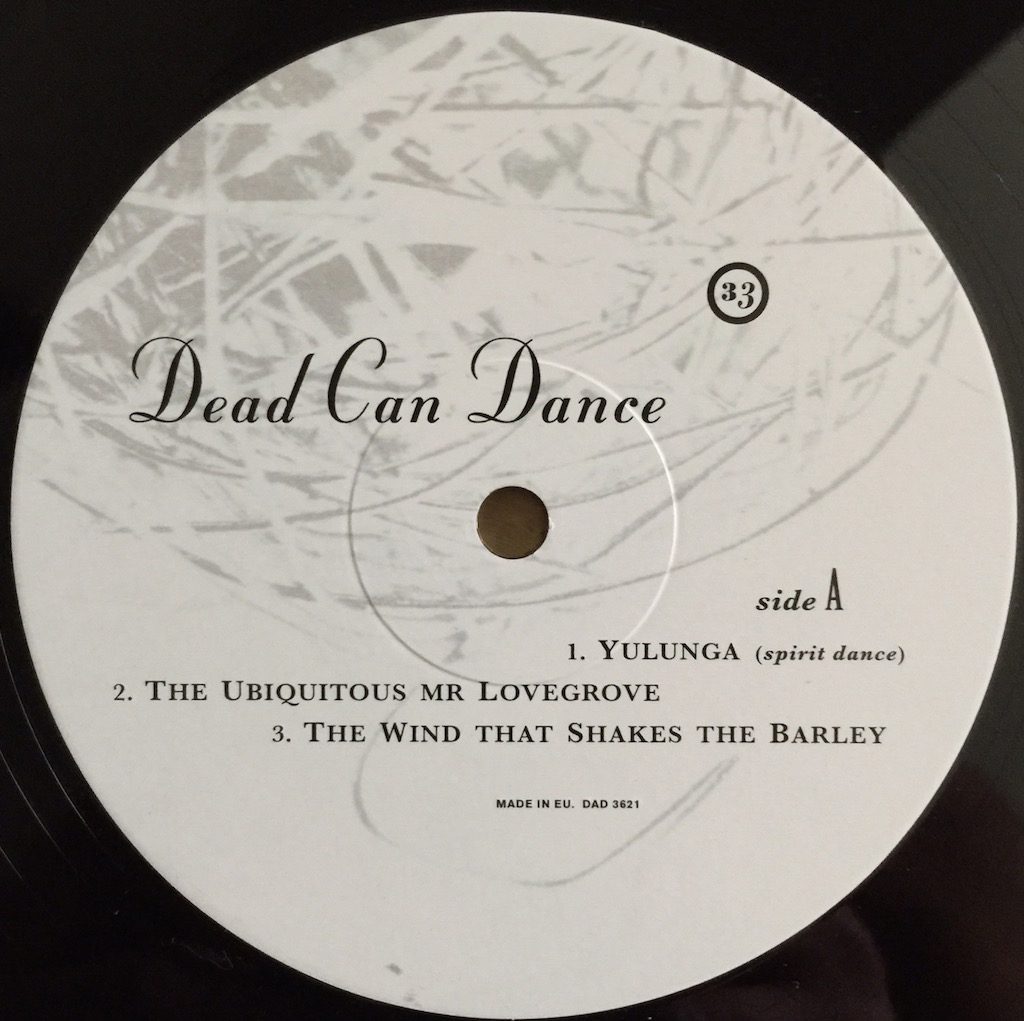
A word about the surfaces. All of my records are cleaned before playing using the same methods- a light wash using a mild fluid (Hannl) and vacuum on the Monks Omni, followed by a lab water rinse and vacuum, then into the KL ultrasonic (in which I also use reagent grade water, though many have said it is unnecessary). The new 4AD had some paper detritus and some minor scuffing that, in my estimation, could be eliminated by a better quality inner sleeve. I also found that any noise first exhibited on the 4AD “played out”- whether that’s a result of no “dehorning” in the lacquer preparation for plating or simply the result of playing through the record at least once, the 4AD was quiet after several plays.
⌘
| Where does that leave us? The original pressing has collector value, I guess. I’m less about collecting than I am about the music and sonics. Here, the music is a given, so what we are focused on is sonics, to the extent it enhances musical engagement (not for it’s own sake). Despite what I heard from others at the time the MoFi was released—that the original 4AD put it to shame—my experience did not bear that out. Though I found the original 4AD to be a little less emphatic, it’s a small difference. The MoFi, which is still available new (though I think it is technically “out of print”) is a bargain. But, my initial impressions of the new 4AD may be that it is the better record overall. I’m just hearing more. Now, granted, my biases lean toward coherent midrange first- and that is shared by all of these copies. The record has its own fireworks, so nothing “extra” is needed to make it a sonic spectacular. And, I suspect, but don’t know, that this latest reissue may come from an earlier generation source. As mentioned above, I have some queries out to various people involved in the record, from inception. I’ll update this accordingly. As a post-script, my listening sessions were spread over two days, and I listened to the original 4AD and MoFi in their entirety yesterday, and the MoFi and new 4AD today. That’s a lot of one record. For what it’s worth, I could listen to the entire thing again- repeated listening has just made me more drawn in by the record. That doesn’t happen often, even with great records. |
Bill Hart
New York
July 13, 2016
________________________
[1] Toward the Within is also the title of a live double album by Dead Can Dance that includes some of the tracks from Into the Labyrinth and is highly recommended.
[2] Which is high praise. I have found some of the “old” MoFi vinyl to sound too fiddled with- pumped up in the upper bass region, something that did not bother me in the ‘80s when I was using Quad electrostats, but is now quite apparent with a wider bandwidth system that is more neutral overall. Not all of the old MoFi records should be dismissed, though. For example, the Rickie Lee Jones debut on the original MoFi (pressed with great care on that lovely, and sorely missed JVC vinyl formulation) is great; but then, even the standard issue of the Rickie Lee debut on Warners is a first class record.
[3] Britton is credited for the 2008 CD remasters of Into the Labyrinth for 4AD.